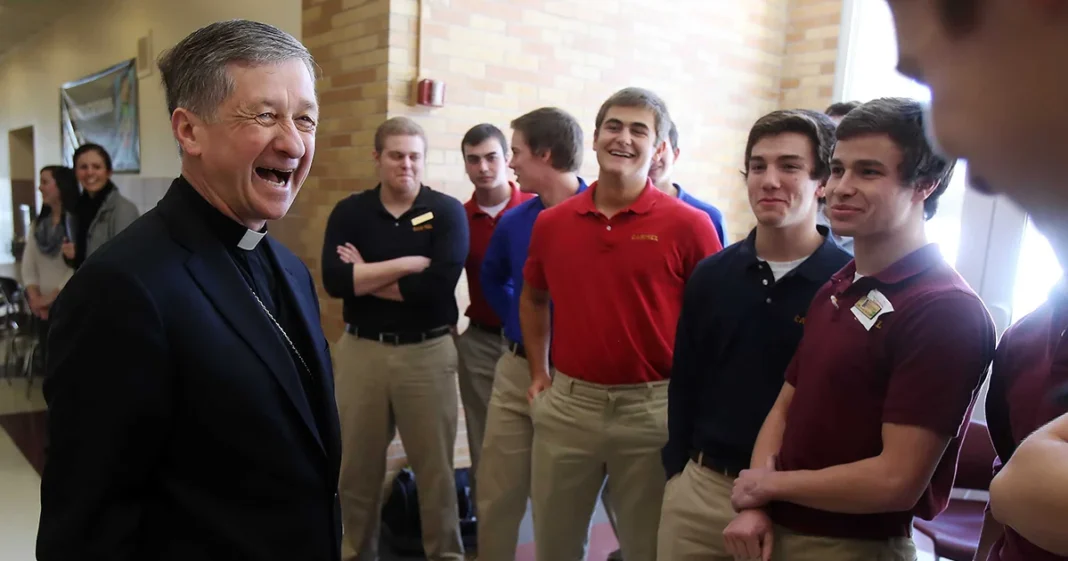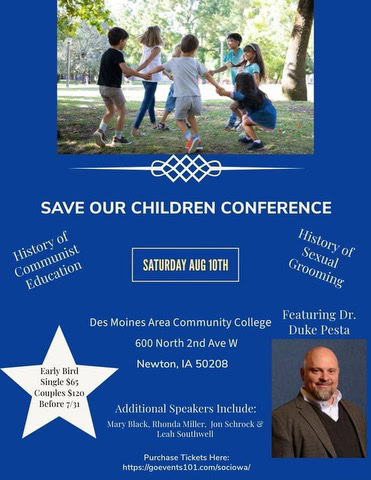By Jorge Gomez
First Liberty Institute
Recent news stories criticize several states’ efforts to provide volunteer chaplains in public schools, claiming it’s unconstitutional and bad for students.
Texas signed a law in 2023 giving public school districts the option to adopt a policy allowing chaplains to serve as counselors in their schools. Now, lawmakers in about a dozen states— Alabama, Florida, Georgia, Indiana, Iowa, Kansas, Maryland, Mississippi, Missouri, Nebraska, Ohio, and Utah—are considering similar bills.
The ACLU, however, claims that “allowing chaplains in public schools harms students.” An MSNBC op-ed called it an “appalling” effort to “indoctrinate.” Other media outlets are echoing the same highly biased talking points. As reference, you can read some of those here, here and here.
These claims are wrong. Let’s set the record straight. We’ll begin with what the law and Supreme Court precedent say about this issue.
Public School Chaplaincy Programs are Constitutional
Many opponents argue that chaplains in public schools “violates the separation of Church and State.” The ACLU even says that “courts have repeatedly ruled that it is unconstitutional for public schools to invite religious leaders to engage in religious activities with students or to promote religious doctrine to them.” This is inaccurate and misleading.
As our legal experts explain, courts have upheld many kinds of government chaplaincies in a wide variety of circumstances, including the military, prisons, hospitals and legislative bodies.
The U.S. Supreme Court has made clear that the First Amendment’s Establishment Clause does not “‘compel the government to purge from the public sphere’ anything an objective observer could reasonably infer endorses or ‘partakes of the religious.’”
Last year, in our case, Kennedy v. Bremerton School District, the Supreme Court overruled a 50-year precedent known as Lemon v. Kurtzman, which wrongly held that government action that lacks a secular purpose, advances religion, or entangles the government with religion violated the Establishment Clause. Cases grounded in Lemon’s framework may no longer be controlling, as the Supreme Court overturned Lemon and with it, decades of subsequent precedents that came from that decision.
Optional and Voluntary
There’s a lot of talk about public school chaplaincy being “coercive” or somehow “forcing” religion on students. That’s just not the case.
The Texas law, for example, does not mandate schools to install chaplains. It leaves it up to each school district whether to put a program in place. Pending bills in other states mirror this same language and principle.
On this point, we need to be crystal clear: schools may not coerce students to engage in religious exercise. Therefore, chaplain services should be strictly voluntary for students to use.
We should, however, point out that in Kennedy, the Supreme Court rejected the notion that the mere presence of religious activity is somehow coercive. Instead, the Court found no coercion “where there is no evidence anyone sought to persuade or force students to participate.”
Freedom and choice are at the core of voluntary public school chaplaincy programs. If parents and school district administrators want this support service available in their schools, then they can vote to put them in place. This is all about giving students options. It’s about providing them additional resources.
Access to Religious Guidance Can Benefit Students
Critics also say allowing chaplains in public schools “endangers students’ well-being” or is somehow “harmful.” They claim chaplains are not equipped to give students adequate support, or that religious guidance isn’t effective. That’s also not true.
Research widely supports the idea that religious guidance and support can have a positive impact for school-age children. It can be a huge boost to their overall well-being.
The National Alliance on Mental Illness, for example, explains that religion and spirituality can have tremendous benefits in mental health support. The organization points to research suggesting that religiosity reduces suicide rates, alcoholism and drug use.
The International Journal of Mental Health Systems reports that having a religious coping mechanism “can be instrumental to improving adolescent mental health.”
Other studies indicate that religious guidance can have a positive impact on teenagers’ academic performance. Pew Research points to studies on various faiths and how “religious involvement enhances an individual’s social capital in the form of family and peer networks, which promote educational success.”
University of Texas sociologists Chandra Muller and Christopher G. Ellison, in a study of U.S. teenagers, find that there is “a positive influence of religious involvement on several key academic outcomes,” such as obtaining a high school diploma.
Professor Ilana Horwitz of Tulane University followed the lives of 3,290 teens. She wrote in The New York Times that teenage boys who “strongly believed in God were twice as likely to earn bachelor’s degrees as moderately religious or nonreligious boys.”
Stanford’s Graduate School of Education found that adolescents who practice religion on a regular basis do better in school than those who are religiously disengaged. Sociologists at the University of North Carolina also found that religious 12th graders in the United States have significantly higher self-esteem and hold more positive attitudes about life in general than their less religious peers.
Given the vast amount of research showing how positive religious guidance can be, why not give students the opportunity to access this kind of support? If a chaplain can help them in their education or home life, why limit their choices?
Again, this is all about offering students another line of support if they choose to use it. It’s not about taking away other types of counseling or support services.
To say that public school chaplains are “harmful” to students is just flat out wrong. Data and research do not support that claim.
Helpful Information for School Districts Considering Chaplaincy Programs
We encourage school districts to consider adopting a chaplaincy policy. These chaplaincy programs can provide crucial support services, recognizing that many students and school personnel value the opportunity to seek support that is provided from a religious perspective.
Our legal experts put together a helpful resource for school districts across the Lone Star state that are considering chaplains to support their students. We formulated a model chaplaincy policy to guide districts in developing policies that serve students well and comply with the Constitution.
You can download that model policy here.

















